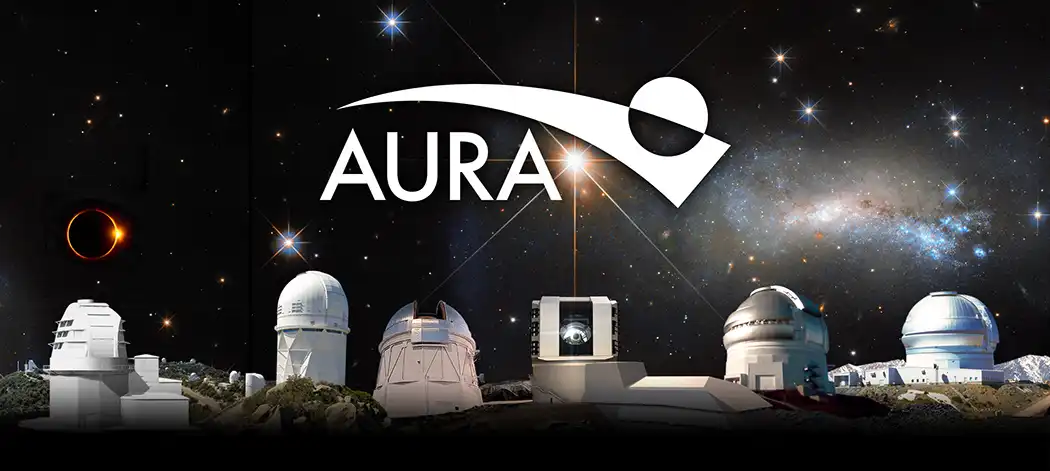Environmental Assessment Filed for Mokuhinia Restoration Project
By Wendy Osher
The proposed Mokuhinia Ecosystem Restoration Project at the site known as Mokuʻula in West Maui is the subject of an upcoming public meeting.
The meeting will take place on Thursday, Sept. 5, 2013 from 6:30 to 8:30 p.m. at the Lahaina Civic Center in West Maui.
It comes as the County of Maui filed an Environmental Assessment for the project with a “Finding of No Significant Impact.”
The county along with the Friends of Mokuʻula, and the US Army Corps of Engineers are coordinating efforts to restore a portion of the Loko o Mokuhinia, the former wetland that surrounded the ancient island of Mokuʻula in West Maui, located at the site known today as Maluʻulu o Lele Park.
Loko o Mokuhinia was a 17-acre pond that is cited in Hawaiian traditions as the home of Kihawahine, a deity in royal lineage, and guardian for the sacred Mokuhinia ponds and Mokuʻula Island.
State documents describe the island as the preferred residence of high ranking aliʻi through the mid-1800s.
According to the EA, the pond was filled in 1914 due to hygienic and development purposes when the pond became stagnant.
Several years later, in 1918, an executive order established the site as the current Maluʻulu o Lele Park, with the pond and island now located approximately 2 to 3 feet below the ground surface of the park, according to state documentation.
The feasibility study for the project includes the planned restoration of habitat for the endangered Hawaiian stilt, the Hawaiian coot, migratory waterfowl and shorebird species.
The county and the Friends of Mokuʻula identified three areas of focus identified in the EA, that include: restoration of the aquatic ecosystem features of Loko o Mokuhinia; revitalization and preservation of the historic and archaeological features of Moku`ula; and the establishment of an area reserved for future use by Friends of Mokuʻula.
Specific components of the proposed action include as identified in the EA document include:
- Excavation to intercept the existing groundwater;
- Grading to provide shallow wetland slopes and micro-topographic variation;
- Installation of a groundwater well and pump to supplement groundwater levels;
- Installation of an outlet to an adjacent ditch;
- Planting native wetland vegetation; and
- Installation of a perimeter fence to provide predator control.
The EA states that total project costs are estimated in excess of $11 million.
“If approved and funded, it is currently anticipated that construction of the project would be completed in 2018, following which post-construction performance monitoring would be conducted for up to 10 years,” according to information released by the State of Hawaiʻi, Office of Environmental Quality Control.
The full Integrated Feasibility Report and Environmental Assessment document is available online.











